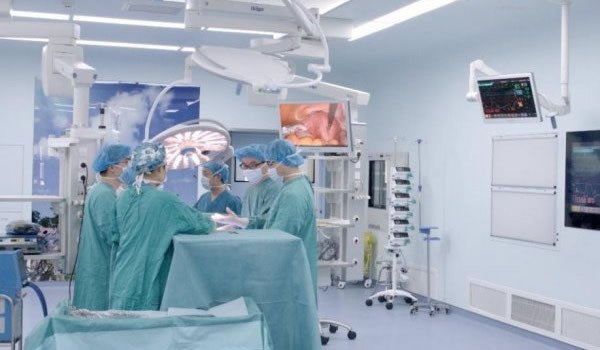Women’s health in Asia is evolving, shaped by cultural, economic, and medical factors. This article explores the most common conditions affecting women, innovative treatments, and how modern healthcare systems are addressing gender-specific needs.

Women’s health is a vital component of public health, yet it remains under-addressed in many parts of Asia. From reproductive care to chronic diseases, women face unique challenges influenced by cultural norms, access to healthcare, and socioeconomic conditions.
Key Conditions Affecting Women in Asia
- Reproductive Disorders: Polycystic ovary syndrome (PCOS) and endometriosis are increasingly diagnosed, particularly in urban areas where lifestyle stress and late pregnancies are common.
- Maternal Health: Despite progress, maternal mortality remains a concern in developing regions due to limited access to skilled obstetric care.
- Breast and Cervical Cancer: These are the two most prevalent cancers among Asian women. Cervical cancer screening programs are expanding, but uptake is uneven.
- Osteoporosis: Postmenopausal women are at high risk due to low calcium intake and vitamin D deficiency, especially in populations with limited sun exposure.
- Mental Health: Depression and anxiety are widespread but often underdiagnosed because of cultural stigma.

Modern Treatments and Innovations
Advances in women’s healthcare are transforming outcomes:
- IVF and Assisted Reproduction: Clinics in Singapore, South Korea, and Malaysia are pioneering IVF success rates and advanced genetic testing.
- Minimally Invasive Surgery: Laparoscopic and robotic surgery are now standard for hysterectomies and endometriosis management.
- Targeted Cancer Therapy: Hormonal therapies and precision medicine are improving survival rates for breast cancer.
- Bone Health Programs: Hospitals offer advanced screening and osteoporosis clinics for early intervention.
- Digital Health Tools: Apps that track fertility, menstruation, and pregnancy provide women with real-time insights into their health.
Integrating Traditional and Modern Care
In Asia, many women also turn to traditional practices alongside modern medicine. Herbal remedies, acupuncture, and yoga are commonly used for menstrual health and stress reduction. Integrative clinics now combine Western gynecology with traditional medicine for holistic care.
Healthcare Access and Barriers
Barriers remain significant. In rural regions of South Asia, many women lack access to gynecologists or specialized facilities. Gender inequality further restricts decision-making power for healthcare. Governments are responding with mobile health units, subsidized insurance, and awareness campaigns.

Leading Women’s Health Centers in Asia
- KK Women’s and Children’s Hospital, Singapore
- National Cancer Center, Japan
- AIIMS, India
- Samsung Medical Center, South Korea
These centers are globally recognized for women-specific research, advanced fertility services, and cancer care.
The Future of Women’s Health in Asia
With rising education levels and shifting social norms, women are increasingly empowered to seek healthcare. Governments and NGOs are investing in maternal health, reproductive rights, and cancer prevention. Digital health platforms are breaking barriers of stigma and distance.

Conclusion
Women’s health in Asia is undergoing transformation. From reproductive care to cancer prevention, the region is catching up with global standards. However, bridging rural-urban disparities and addressing cultural stigmas remain essential. A combination of modern treatments, traditional support, and policy innovation will define the future of women’s healthcare in Asia.
women’s health Asia, gynecology conditions, women healthcare 2025